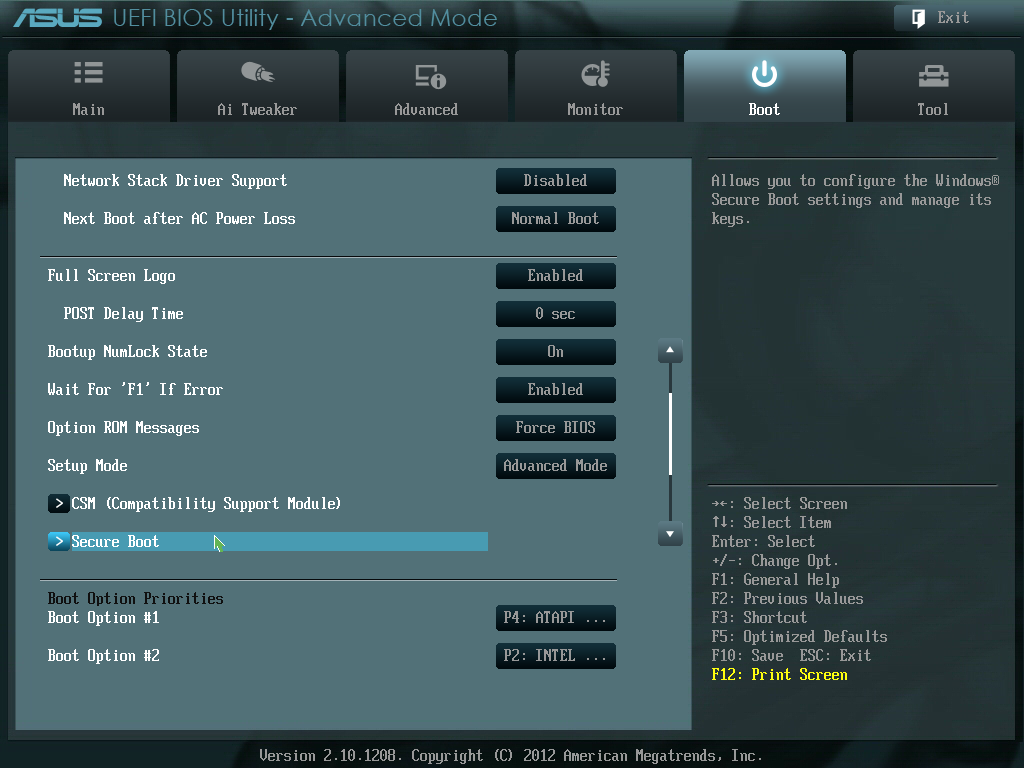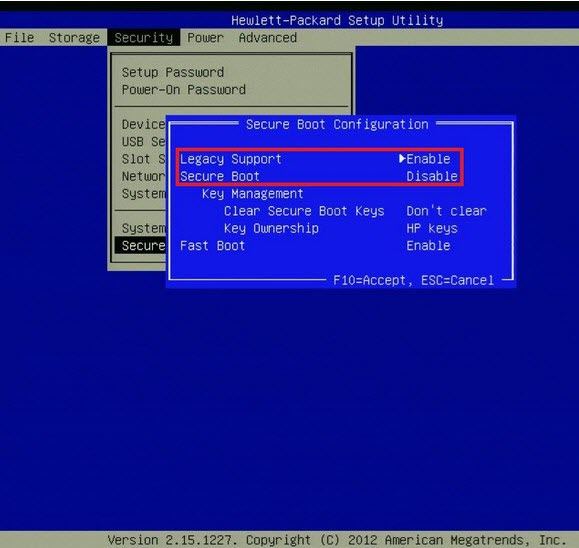

If your system reports that it is in UEFI mode then you are good to go. You can check your Windows install mode before enabling Secure Boot by searching for the System Information app in the search bar and checking your BIOS Mode setting. These features may also need to be enabled in the UEFI menu before the system can boot Windows 11. Most modern processors will have a built-in secure element that supports the TPM 2.0 specification (for Intel this is called “PTT” and on AMD this is called “fTPM”). TPM 2.0 support is also a requirement for Windows 11.

When checking to see if your PC is Windows 11 capable, you must also enable Secure Boot, which is a UEFI-only feature. This means that Windows 11 MUST run with UEFI and is not compatible with BIOS or Legacy Compatibility Mode. Microsoft has decided to leverage the advances of UEFI in Windows 11 in order to offer enhanced security for users. With the release of Windows 11 in October of 2021, hardware requirements have been a popular topic.You can check out our blog on Windows 11 hardware requirements for a list of the minimum Windows 11 requirements, but in this blog we’ll be focusing on using UEFI for Windows 11.


 0 kommentar(er)
0 kommentar(er)
